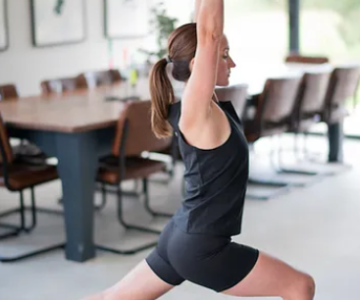Getting back to running after an injury can feel like a daunting task, but with the right approach, you can return to your routine stronger and more resilient than before. One of the most common questions I get from injured runners is, “When can I run again?” The answer isn’t as simple as picking a date on the calendar. It depends on several factors, including the type and location of the injury, how your body has healed, and your readiness to handle the demands of running again. Here’s a checklist of key criteria I assess before recommending a return to running.
1. Medical Clearance
Before you start running again, it’s essential to ensure that you’ve received clearance from your doctor, especially after serious injuries like fractures, surgeries, or bone stress. Medical clearance confirms that your body is fully healed and ready for the stresses of running.
2. Walking Without Pain
Being able to walk for at least 30 minutes without pain or limping is a crucial milestone. If you’re still experiencing discomfort while walking, running won’t go well either. The next step is to figure out why walking is painful, whether it’s related to strength, mobility, or another issue. Gradually increase your walking duration in 5-minute intervals until you reach 30 minutes without discomfort.
3. Mastering Single-Leg Squats
Running is essentially a series of single-leg stances, so it’s important to ensure your legs are strong and stable enough to handle this. You should be able to perform 10 single-leg squats on each leg with good form and no pain. Proper form means your knees should track over your toes, there should be minimal wobbling, and you should engage your hips properly. Start by practicing double-leg squats, then progress to single-leg squats using a chair or bench for support. You can also try using a resistance band around your knees to help activate the right muscle groups.
4. Single-Leg Hops
Running involves significant impact as you land on one leg repeatedly. A good test of your body’s ability to handle this impact is the single-leg hop. Aim to perform 30 hops on each leg without pain. If you can handle this, it’s a good indicator that your body is ready for the repetitive impact of running.
5. Calf Strength
The calf muscles play a crucial role in running, absorbing a lot of force and helping you push off the ground. To test your calf strength, try performing 25 single-leg heel raises on each leg with proper form and no pain. If single-leg heel raises are too difficult, start with double-leg heel raises and progress to single-leg raises as your strength improves.
The Road to Recovery
These five criteria are essential when determining if you’re ready to return to running after an injury. Working with a physical therapist who specializes in running can help you assess your progress and get back to running safely and effectively. At Precision, we focus on addressing the root cause of your injury and adjusting your running and strength training to ensure you don’t face a similar issue in the future.
Although the process may require some patience, it’s crucial to take your time and rebuild strength, mobility, and proper movement patterns. Rushing back into running too soon increases the risk of re-injury. By preparing your body properly, you’ll be setting yourself up for long-term success and avoiding setbacks in your running career.
Thanks for reading!





